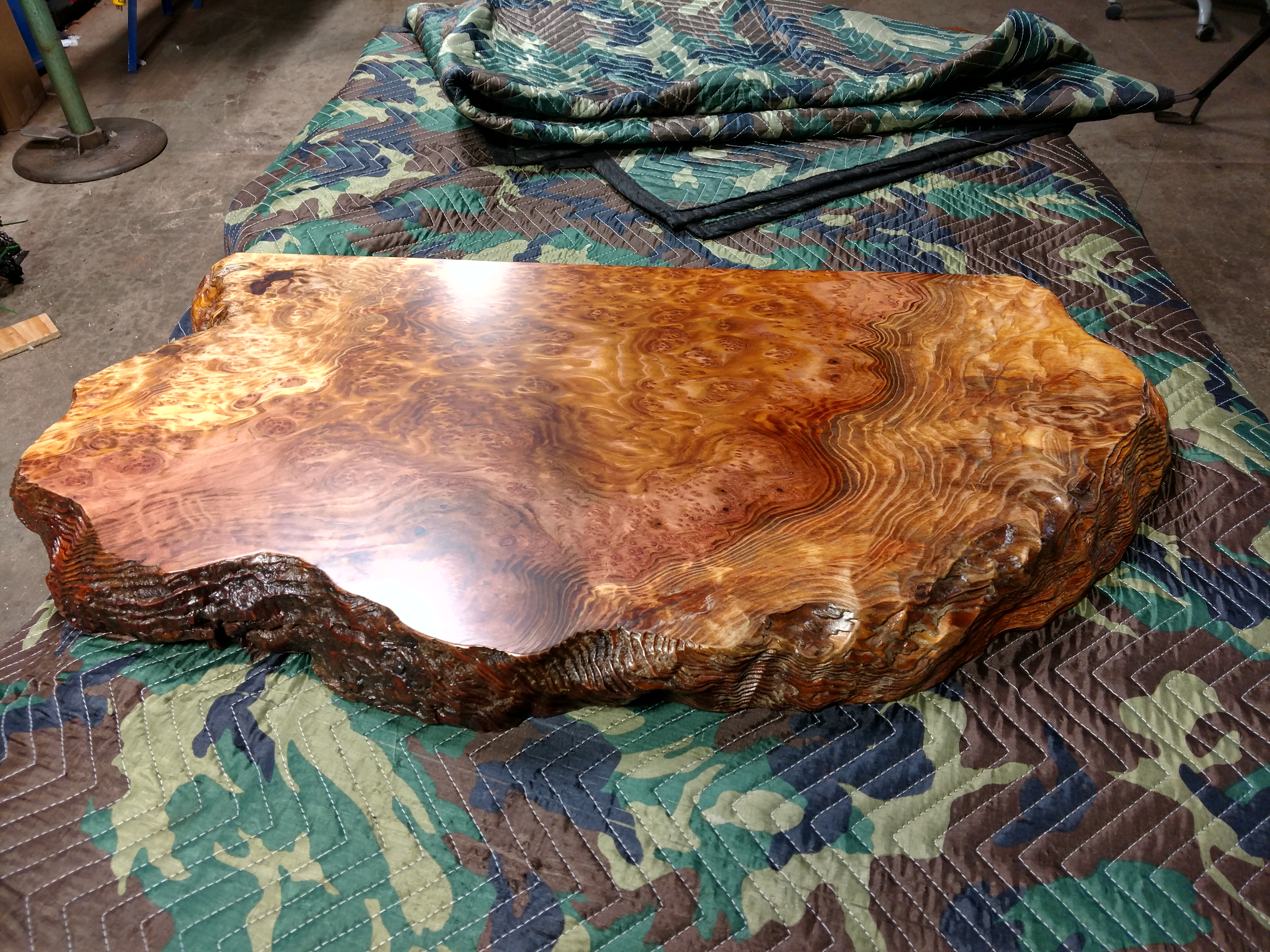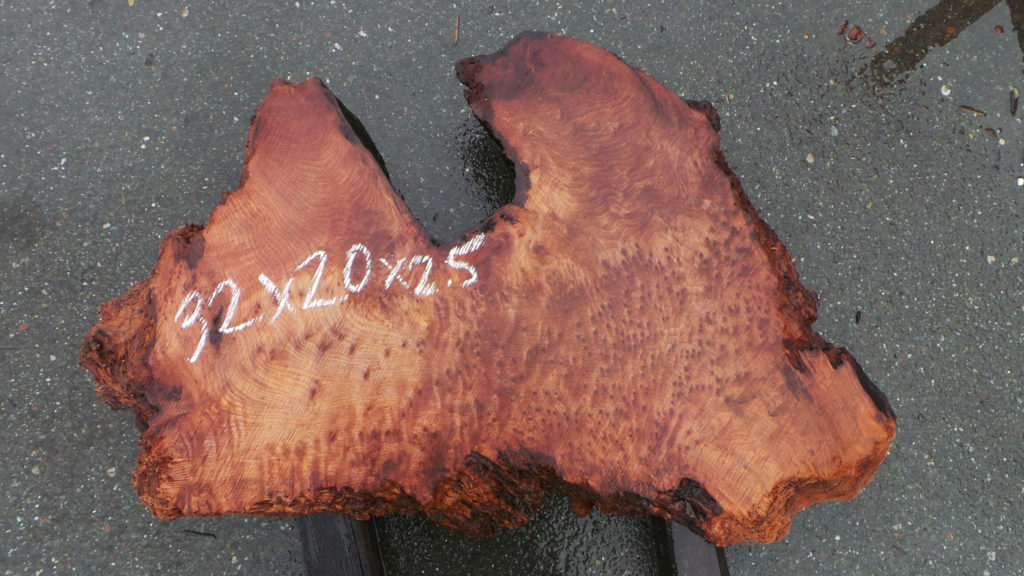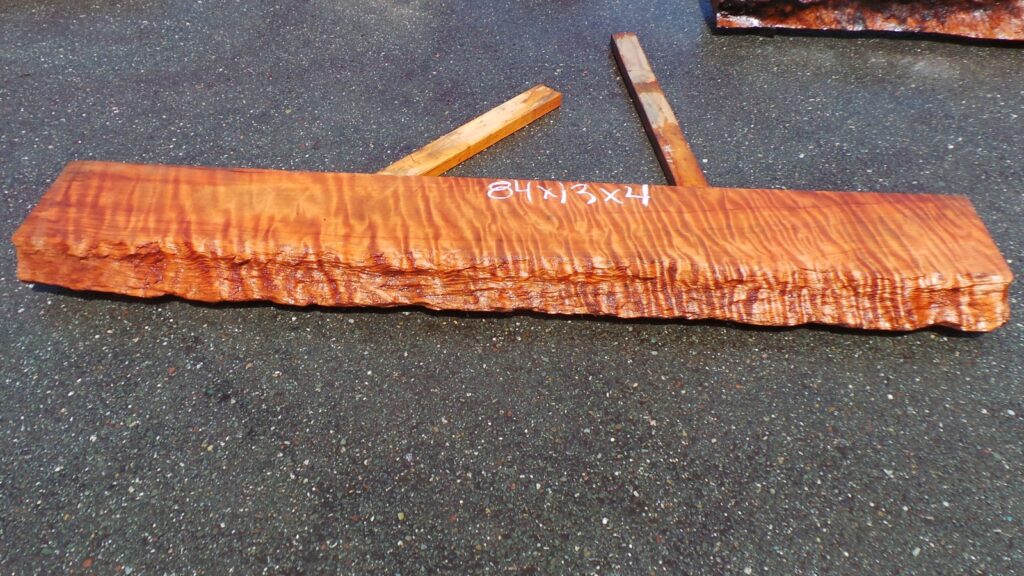
Unveiling Nature’s Masterpiece: Exploring Highly Sought-After Burl Wood and Grain Patterns
In the world of woodworking and craftsmanship, few materials capture the imagination quite like burl wood. Renowned for its unique and captivating grain patterns, burl wood is celebrated for its rarity, complexity, and exquisite beauty. Join us on a journey through the captivating realm of burl wood, as we delve into the different grain patterns that are highly sought after, exploring what makes them distinctive and shedding light on the reasons behind their undeniable value.
The Intriguing World of Burl Wood:
Burl wood, often referred to as nature’s artwork, is a product of extraordinary circumstances. It forms when a tree experiences a growth anomaly, resulting in irregular and knotty growth patterns. This irregularity is what lends burl wood its distinct beauty, as no two pieces are alike. The mesmerizing blend of swirling grains, unexpected knots, and rich textures make each piece of burl wood a masterpiece waiting to be uncovered.
Birdseye Grain:

One of the most coveted grain patterns found in burl wood is the elusive “birdseye” pattern. This pattern resembles the small, round marks that birds’ eyes leave on the surface of a tree. Akin to a constellation of tiny stars, the birdseye grain creates a mesmerizing optical effect that catches the light and adds depth to the wood’s appearance. This pattern is often found in maple burl and is highly prized for its rare and captivating allure.
Flame Grain:

The flame grain pattern, also known as “curl” or “fiddleback,” is a dynamic and undulating pattern that resembles flickering flames. This mesmerizing effect occurs when the wood fibers twist and curve, creating a captivating play of light and shadow. Flame grain is often found in woods like maple and mahogany, adding depth and movement to the wood’s surface.
Swirl and Whirl Grain:
As the name suggests, the swirl and whirl grain pattern is marked by graceful and intricate swirls that dance across the wood’s surface. This pattern is especially prevalent in woods like redwood burl, creating an enchanting visual spectacle that captures the eye’s attention and invites closer inspection.
The Enigmatic Value of Burl Wood:
The allure of burl wood lies not only in its aesthetic appeal but also in its rarity and the labor-intensive process required to work with it. Craftsmen and artisans treasure burl wood for its challenges, as well as its rewards. The intricate and irregular patterns demand meticulous attention to detail during crafting, resulting in stunning pieces that showcase nature’s creativity.
The unique and unpredictable nature of burl wood makes it a treasure trove for collectors, furniture makers, and artisans alike. The rarity of exceptional burl wood, combined with its mesmerizing grain patterns, makes it a symbol of prestige and craftsmanship. Its value is not merely monetary; it’s a testament to the harmonious collaboration between nature and human ingenuity.
Conclusion:
Burl wood’s beauty lies in its idiosyncrasies, its fusion of art and nature, and its ability to tell a story through its grain patterns. The diverse array of grain types, from birdseye to flame and swirl, adds to its allure, each contributing a distinct touch to the captivating tapestry of burl wood. As we marvel at these unique creations, we’re reminded that burl wood is a reminder of the extraordinary beauty that can arise from the unlikeliest of circumstances.
Tags: burl growth, burl poaching, burl wood, burl wood grain, Custom Burl Wood Furniture, reclaimed redwood, redwood burl, sustainable materials, types of burl wood